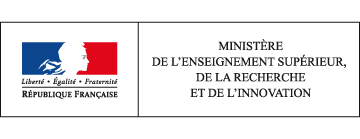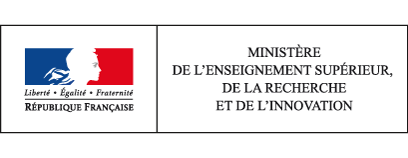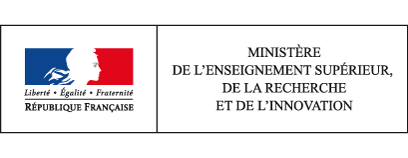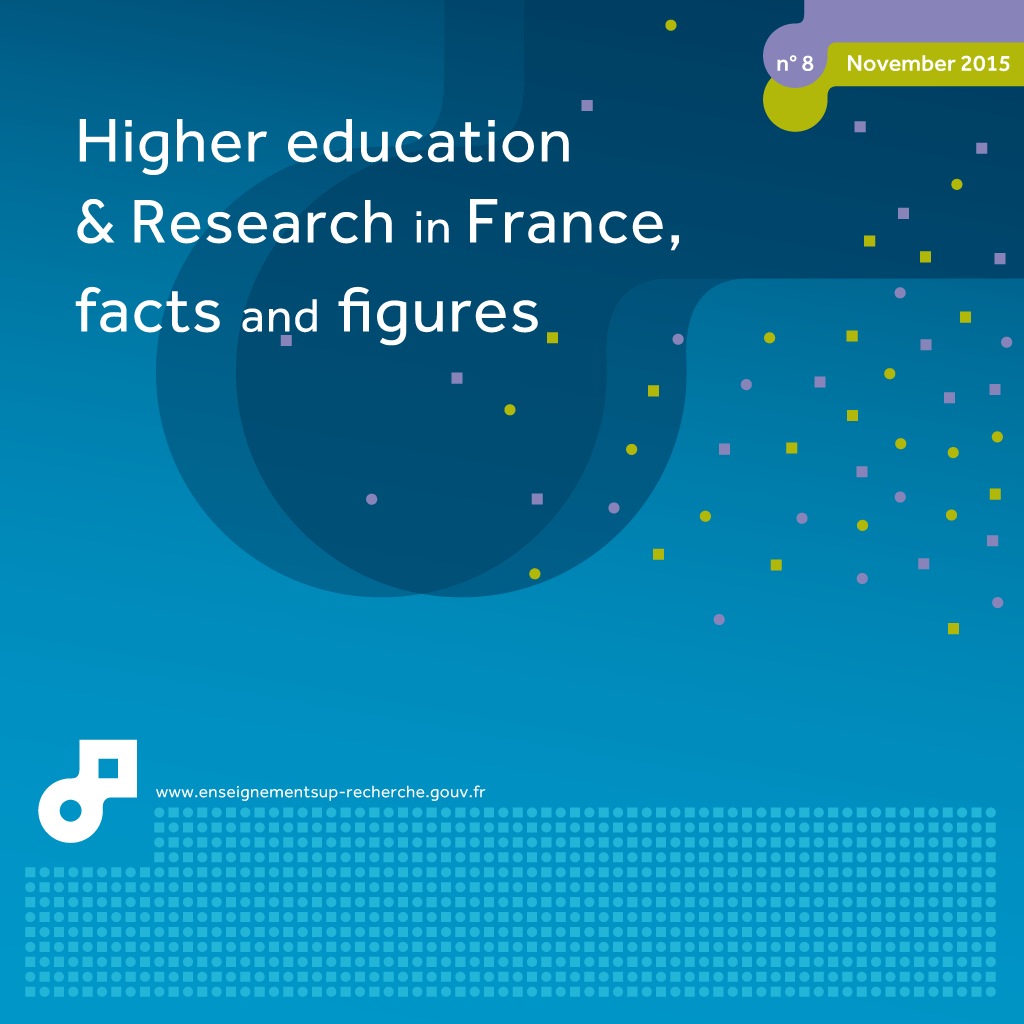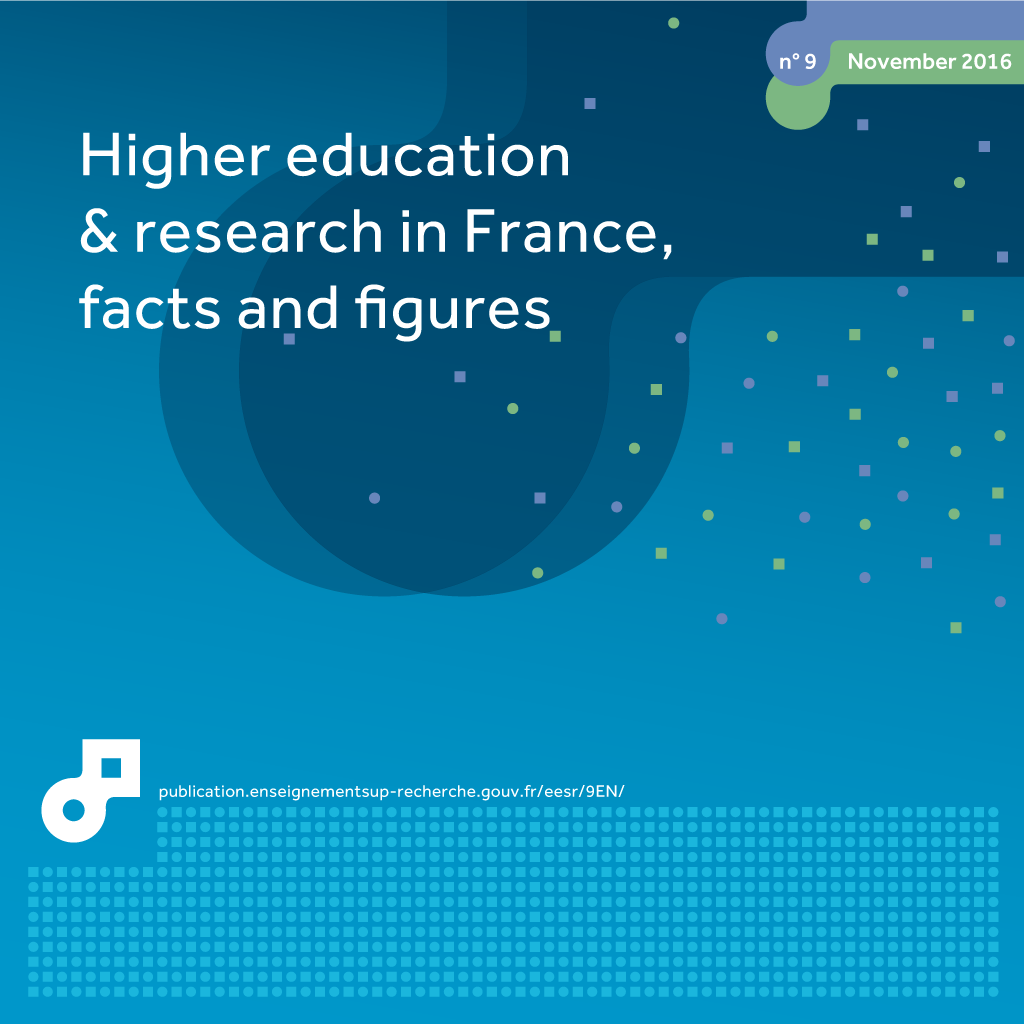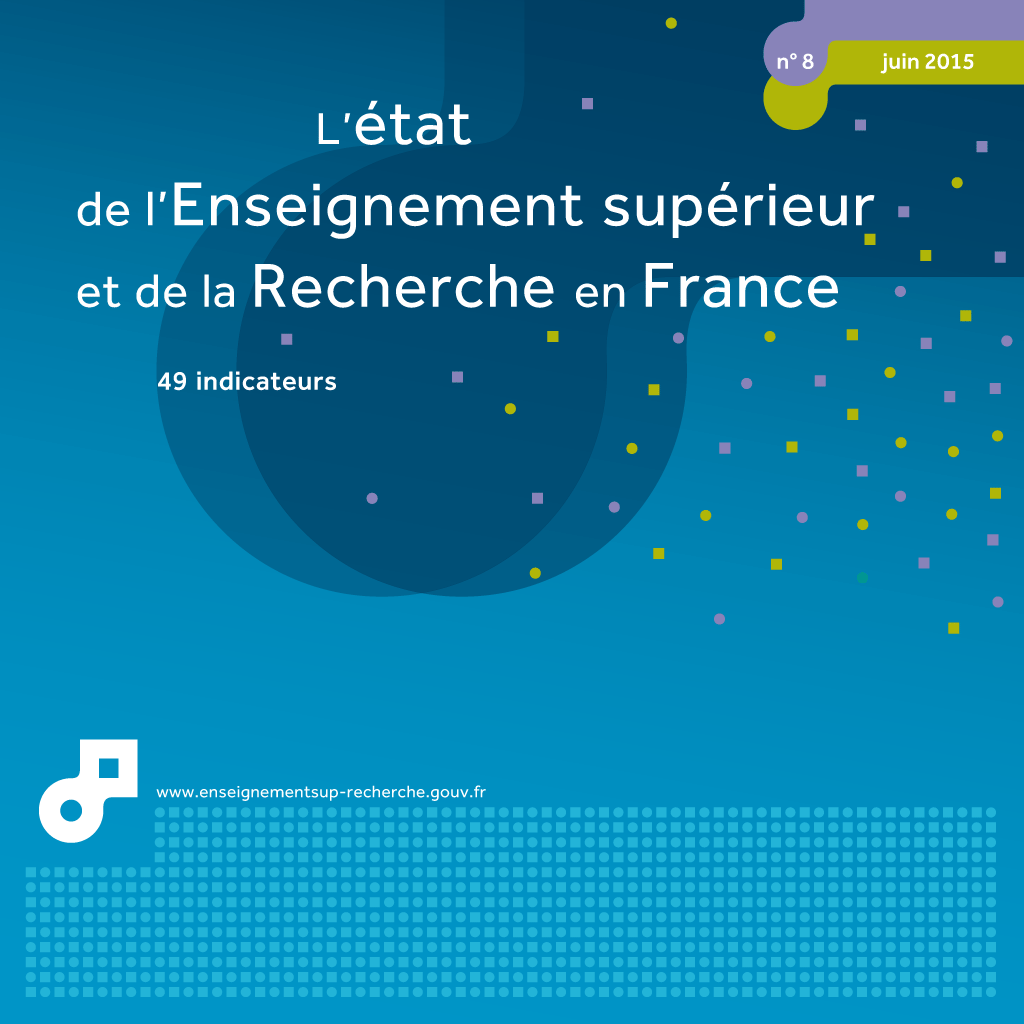25 gender equality in higher education
This page has been updated. Read 13. gender equality in higher education in Higher education & research in France, facts and figures 10th edition - June 2017
Women outnumber men in higher education (55%), but are less likely to enrol in selective or scientific courses and are in the minority in PhD programmes. In 2013, their unemployment rate three years after leaving was the same as for men, but their employment conditions were less favourable.
After achieving better results than boys throughout school, on average more girls than boys obtain their baccalauréat: in 2014 in one generation, 84.2% of girls passed their baccalauréat compared with 70.9% of boys.
Of those who were successful in the general baccalauréat, 57% were girls. These general baccalauréat holders are more likely to continue their studies in higher education than the others (95% against 85% of technological baccalauréat holders and 47% of vocational baccalauréat holders), according to the 2008 panel. In 2008, 90% of girls continued their studies compared with 86% of boys (chart 25.01).
Girls tend not to take the same study programmes: 36% enrol for a Bachelor's degree against 25% of boys, and 8% go into the first year of core medical studies (Première année commune aux études de santé - PACES) against 6% of boys. Conversely, girls are less likely to choose selective courses such as classes preparing students for admission to Grandes Écoles (Classes préparatoires aux grandes écoles – CPGE) (7% against 12%), Technological university institutes (Instituts universitaires de technologie - IUT) (6% against 12%) or Advanced technician's sections (Section de technicien supérieur - STS) (21% against 26%). When enrolling for Bachelor's degree programmes, they are two to three times more likely to choose Humanities, Arts, Languages or Human sciences.
From one programme to the next, there is great diversity in the proportion of women attending. Whereas in 2013-14 women represented 55% of all enrolled students, they made up barely half of students in STS, 40% in IUT, and 42% in CPGE (chart 25.02). They made up only 27% of those preparing an engineering diploma (although this figure was 22% fifteen years earlier). Conversely, paramedical and social care courses were made up of 84% women. In universities, they made up 70% of students in Arts and Humanities but only 37% in Sciences and Physical education and sports science and techniques (Sciences et techniques des activités physiques et sportives - STAPS). While they represented 56% of students enrolled in Bachelor's degree programmes and 59% in Master's programmes, they represented only 48% of PhD students. In Sciences, STAPS, they are in the minority from the Bachelor's degree level, although the proportion of women has increased slightly since 2004-05 (chart 25.03). Only one third of Research supervision accreditations (Habilitations à diriger des recherches - HDR) were awarded to women in 2013.
The proportion 1 of young people with at least a higher education diploma is 51.7% of women and 40.1% of men. This gap of about 10 points has remained stable for many years.
In 2013, three years after leaving higher education and for each level of diploma (excluding the 2- and 3-year diplomas in the healthcare/social sector), the unemployment rate for women was slightly higher than for men. Yet when they left, the proportion of women graduates was higher than for men (82% against 78%). These two factors balanced each other out and when they left higher education the unemployment rate for men and for women was the same overall.
However, women's employment conditions are not as good: they are less likely to have an open-ended employment contract (54% against 61%), they are more likely to work part-time (15% against 7%), and fewer women are managers (27% against 32%), although this last disparity had decreased sharply since the last survey carried out three years earlier (table 25.04).
Céreq
MENESR-DGESIP/DGRI-SIES.
1 This proportion is obtained by calculating for each age the ratio of baccalauréat holders to the total population of this age, and adding together these rates by age.
How to cite this paper :
close
Key figures
Metropolitan France + overseas departments
Metropolitan France + overseas departments
Metropolitan France + overseas departments
Metropolitan France + overseas departments
Metropolitan France + overseas departments
Metropolitan France + overseas departments
Metropolitan France + overseas departments
Metropolitan France + overseas departments
Metropolitan France + overseas departments
Metropolitan France + overseas departments
Metropolitan France + overseas departments
Metropolitan France + overseas departments
Metropolitan France + overseas departments
25.01 2008 baccalauréat holders continuing their studies in the year following the exam
You can embed this chart to your website or your blog by copying the HTML code and pasting it into the source code of your website / blog:
close
25.02 Proportion of women in the main higher education courses in 2013-14 (as a %)
1 including engineering courses dependent on universities, National Polytechnical Institutes (Institut national polytechnique - INP), universities of technology and engineering courses run in partnership.
2 2012-2013 replaces 2013-2014.
MENESR-DGESIP/DGRI-SIES
You can embed this chart to your website or your blog by copying the HTML code and pasting it into the source code of your website / blog:
close
25.03 Proportion of women among university enrolments in 2013-14
You can embed this chart to your website or your blog by copying the HTML code and pasting it into the source code of your website / blog:
close
25.04 Employment indicators for higher education leavers - Situation in 2013 of those leaving in 2010 (as a %)
You can embed this table to your website or your blog by copying the HTML code and pasting it into the source code of your website / blog:
close
Related statistical publication
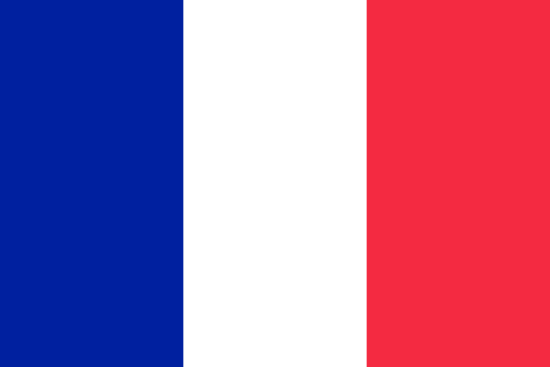 Filles et garçons sur le chemin de l'égalité, de l'école à l'enseignement supérieur 9 - Filles et garçons sur le chemin de l'égalité, de l'école à l'enseignement supérieur 2015 - Catherine Moisan, Mireille Dubois - 2015
Filles et garçons sur le chemin de l'égalité, de l'école à l'enseignement supérieur 9 - Filles et garçons sur le chemin de l'égalité, de l'école à l'enseignement supérieur 2015 - Catherine Moisan, Mireille Dubois - 2015 Translation
 Etat de l'enseignement supérieur et de la rechercheL'état de l'Enseignement supérieur et de la Recherche en France n°8 - juin 2015
Etat de l'enseignement supérieur et de la rechercheL'état de l'Enseignement supérieur et de la Recherche en France n°8 - juin 201525 - la parité dans l’enseignement supérieur - Christophe Jaggers
